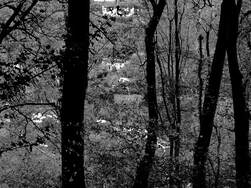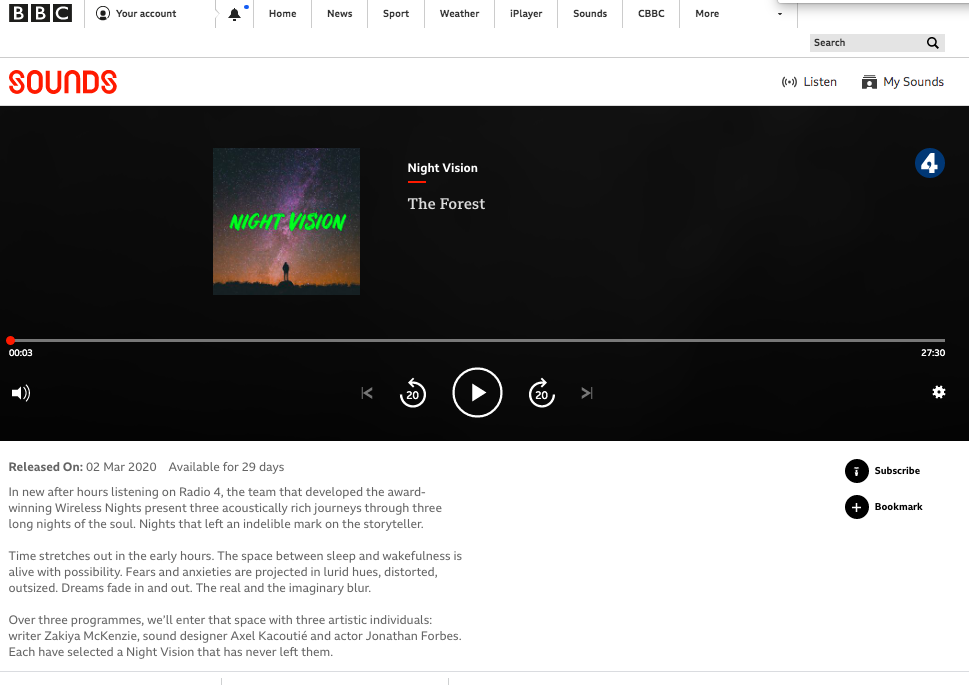 The achievements and contributions of women authors to the literary culture of the Forest of Dean is considerable. From the earliest writers of Forest literature such as Cinderford poet Catherine Drew, to twentieth-century writers such as Winifred Foley, and Joyce Latham, and then contemporary authors such as Maggie Clutterbuck, Tiffany Murray, and Sarah Franklin; women writers have told the stories of the people and places of the Forest. For some of them their achievements were doubly impressive, writing and getting published against the challenges of an education cut short, and a tough working-class life that often meant doing paid work alongside domestic expectations of their role as wife and mother. Their work is varied in its form and subject matter, from plain poetry to expressive verse, from crafted memoir to short stories and literary novels. Catherine Drew, writing in the first half of the nineteenth-century could be a little moralistic, warning young women against being led astray by too-foppish men, or the moral corruption in wait for them if they were tempted to leave the Forest for London. But the subject of her longest poem was nothing less than a history of the Forest. In The Forest of Dean in Times Past, Contrasted with the Present she neatly sums up Forest history before coming up to her present day. hers was a time of unprecedented change with outside capital flooding into the Forest bringing railroads (horse drawn industrial tram roads) and taking mining (on the whole) from artisan craft work carried out by freeminers, to deep pits with the miners working for the colliery owners. This did though bring employment, new schools and new churches. Catherine Drew detailed it all a remarkable achievement for a woman who says herself, had only nine days of formal schooling. In the first part of the following century a young Winifred Mason was a voracious reader and developing writer at school, taken under the wing of a her teacher, Miss Hale. But for Winifred too her education ended all too soon, in her case at the age of fourteen for a life ‘in service’. It would be easy to see Catherine, Winifred, and Joyce (put off taking up a place at grammar school partly by the costs of the uniform) as victims with little agency to change their situation, but very far from it! If Winifred at that point could not choose to stay at school, or at first the type of work she would do, she would choose were. It was she who decided to head for London, and with domestic workers in demand it was she who regularly decided to change who she worked for and where. And all the while she continued to write, sending her work to the BBC, responding to what she heard on the radio, and – far earlier than is remembered – appearing occasionally on air, reading her work. Winifred Foley the author was not the creation of Woman’s Hour: she was an author, ready made by her own creative efforts that needed a final helping hand to published literary success. The Forest’s female authors have added their rich voices and stories to the literature of the Forest of Dean, bringing a variety of points of view, and variety of experiences. As much as they detail life in the Forest it’s worth remembering that they also describe the world beyond it too: in Foley’s A Child in the Forest we read about her time on London and other places too; Sybella Crawley-Bovey, at the end of the nineteenth-century, looked to the Forest of the past and detailed its connections to the world beyond, from the wealth of sugar plantations and the slave trade, to immigrant families from the Netherlands. And in contemporary times, Sarah Franklin’s Shelter, details a time when the Forest was a place of Italian POWs and former city-dwelling women relocated to the Forest to work in the Timber Corps. March 8th 2020 is International Women’s Day, and the call this year is to “challenge stereotypes, fight bias, broaden perceptions, […] and celebrate women's achievements”. Let’s all do that for the wealth of Forest literature written by women in the past, today and into the future.
3 Comments
 At night places take on a different personality. The busy sounds of daytime activity are replaced by the stranger sounds of night. And as daylight gives way to darkness we can lean more easily towards interior thoughts, reflections, and questions less often asked during the daytime. Daytime reason slips into nigh-time visions. What then for a writer, visiting the Forest at night? What reflections, what intersections of personal and place histories, emerge? In a wonderfully sound-rich feature for BBC Radio 4, Bristol-based writer Zakiya Mckenzie visits the Forest of Dean at night and reflects on the experience, her memories of Jamaica, and her response to the true tragic story of an African slave-boy in the Forest. Zakiya was appointed as one of two writers in residence by Forestry England in 2019 to mark its centenary, and she chose to spend much of her time in, thinking and writing about, the Forest. You can read her Forest of Dean-inspired writing here. In this programme, Night Vision, Zakiya visits the Forest again, this time at night. Meeting Reading the Forest's Roger Deeks at Lydney station she travels to Littledean to hear about the Pyrke family, and an awful event in the eighteenth-century that, local tradition says, continue to reverberate through the hours of darkness to this very day. As she travels into the Forest she also links to its rich literature, in particular through the voices of Winifred Foley and Dennis Potter as they too talk about the relationship between past & present - something hard to ignore in a forest haunted by the remnants of its past, whether that's during the day...or at night. You can listen to Zakiya's programme on BBC Sounds here. |
Archives
June 2024
|

 RSS Feed
RSS Feed


